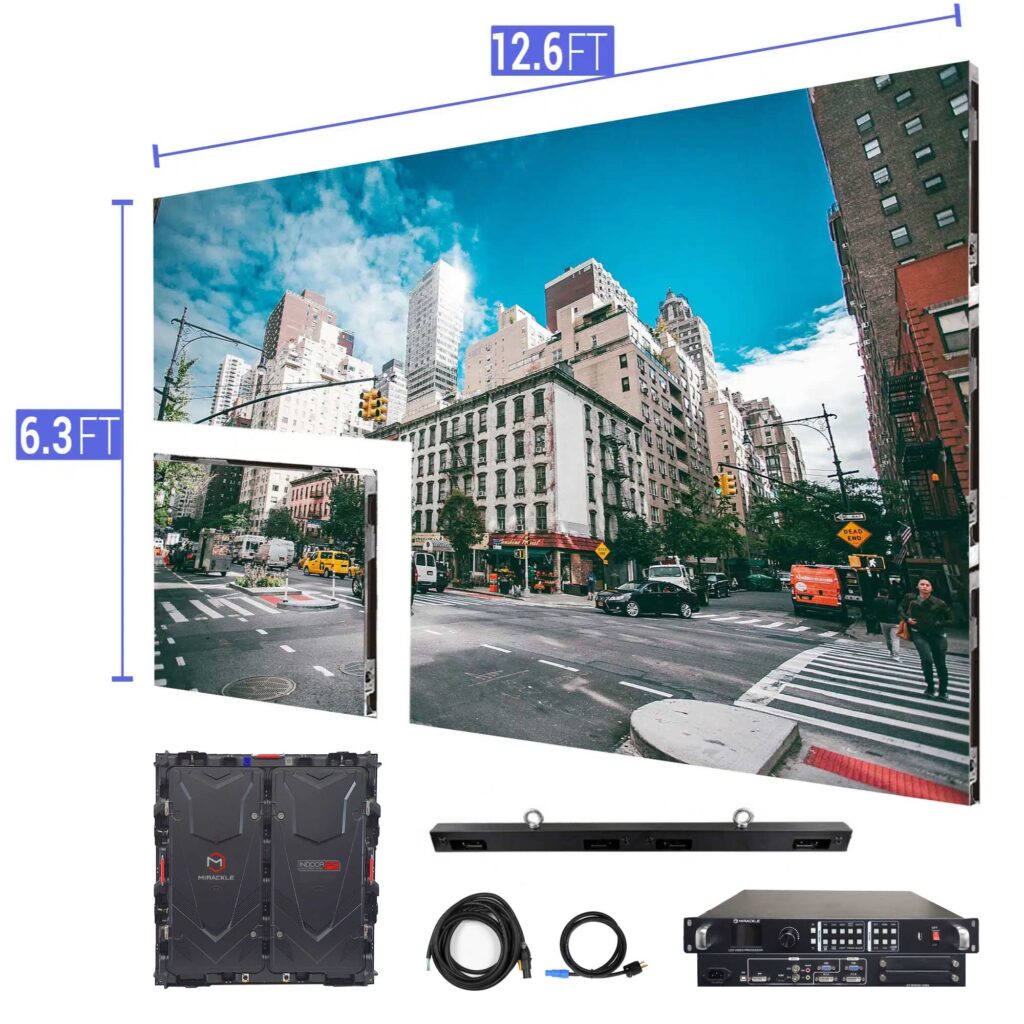Enhancing Visual Effect Through Tactical Content Scheduling in LED Display Performance
Wiki Article
Maximizing aesthetic effect during LED wall performances requires careful preparation plus strategic visual timing. Light-emitting diode screens represent potent instruments in graphic narration, often used in concerts, events, and presentations. The effectiveness of these displays depends not only just upon the caliber of the images but also on how and when they are presented. By understanding the audience's attention span and the flow of the event, organizers can create a more engaging experience that captivates spectators and improves the overall performance.
One key aspect of strategic content scheduling is timing. It is vital to synchronize the images to the beat and tempo of the show. For example, during a musical performance, visuals should complement the beat and mood of the melody. This alignment helps to create a cohesive experience that draws the audience closer. Additionally, it is crucial to take into account the length of each image clip. Brief, striking segments can maintain audience interest, while longer visuals may be appropriate for instances of contemplation or sentimental bonding. By varying the length and vigor of the images, event planners can maintain the viewers interested during the performance.

Another crucial factor is the content in question. The images shown on the LED wall should be relevant to the concept of the show. This pertinence aids to reinforce the message being conveyed and makes the experience more unforgettable for the viewers. For instance, if the show is about environmental awareness, using visuals that depict nature and animals can amplify the narrative. Furthermore, adding lively features, such as animations or interactive graphics, can add thrill and maintain the viewers' focus. The appropriate material, shown at the right time, can significantly elevate the impact of the show.
Viewer engagement is also a key consideration in content scheduling. Comprehending the demographics and preferences of the viewers can inform the choice of visuals. For instance, a youthful crowd may react content management tools for led displays better to bright hues and quick motion graphics, while an mature crowd might value more nuanced and refined images. By customizing the material to the viewers' preferences, event planners can craft a more tailored encounter that connects with spectators. Additionally, adding viewer involvement, such as real-time surveys or media engagements, can additionally improve involvement and render the show more engaging.
Finally, assessing the effectiveness of the content scheduling is essential for future performances. Gathering feedback from the audience can provide insightful information into what was effective successfully plus what could be enhanced. This information can help event planners improve their approaches and take knowledgeable choices for future performances. By continuously assessing and adapting the content scheduling strategy, event planners can amplify the visual impact of light-emitting diode screen shows plus craft unforgettable experiences for their audiences.